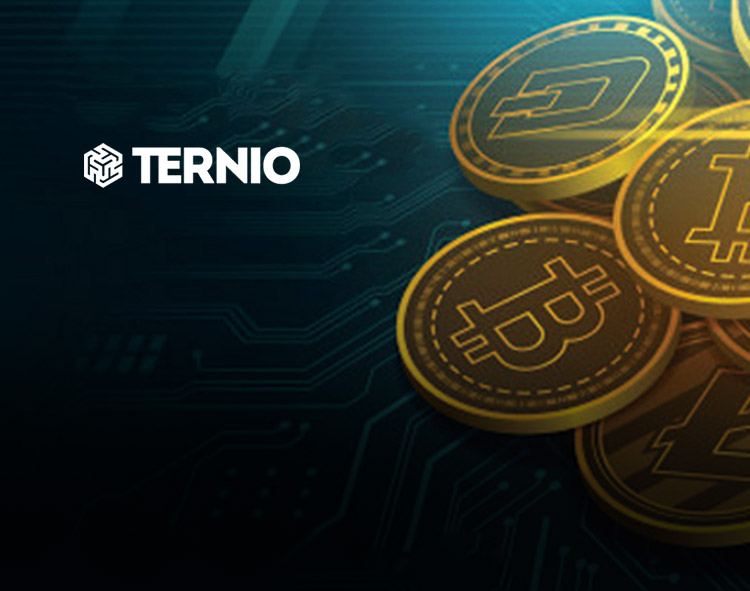Investment demand from retail investors quickly surpassed $350,000 and continues to climb. More than 1,300 investors have participated in Ternio’s first equity offering and less than 50 days remain until the opportunity to invest is closed
Ternio, a startup enabling the use of blockchain technology to interoperate with the existing banking system, announced investment demand from retail investors quickly surpassed $350,000 and continues to climb. More than 1,300 investors have participated in Ternio’s first equity offering and less than 50 days remain until the opportunity to invest is closed. Those wanting to learn more and invest in Ternio can visit Republic.
Ternio’s technology allows for a global banking solution, no matter what country someone is located in (minus sanctioned countries). The platform empowers payment remittances using blockchain, decentralized wallets and cryptocurrencies for peer to peer transfers, paired with traditional services like debit cards and bank accounts.
Read More: SAP and Goldman Sachs Innovate to Offer Global Payments on Ariba Network
BlockCard is just one example of Ternio’s technology in practice. Consumers are able to register their information, deposit cryptocurrency like Bitcoin, and receive a debit card to make purchases. Like any major debit card, it can be used at most retailers globally and can also be synced with mobile payment services like Apple or Google Pay.
Recently Ternio shared that prominent companies in the cryptocurrency industry like The Litecoin Foundation, BiBox Exchange, Veil, and others have licensed Ternio’s platform to release their own branded debit cards in 2020. With debit card programs live in the United States and a number of partners licensing the platform, Ternio has also announced global expansion starting with 31 European countries with other countries to follow soon after.
“Our goal is to provide a seamless interaction between FIAT currencies like the dollar and cryptocurrencies,” said Ian Kane, COO & Co-founder. “With our release of FDIC insured checking accounts we have bridged the gap for users to easily move between currencies, while simultaneously reducing a lot of the fees and time lag with the legacy financial system.”
